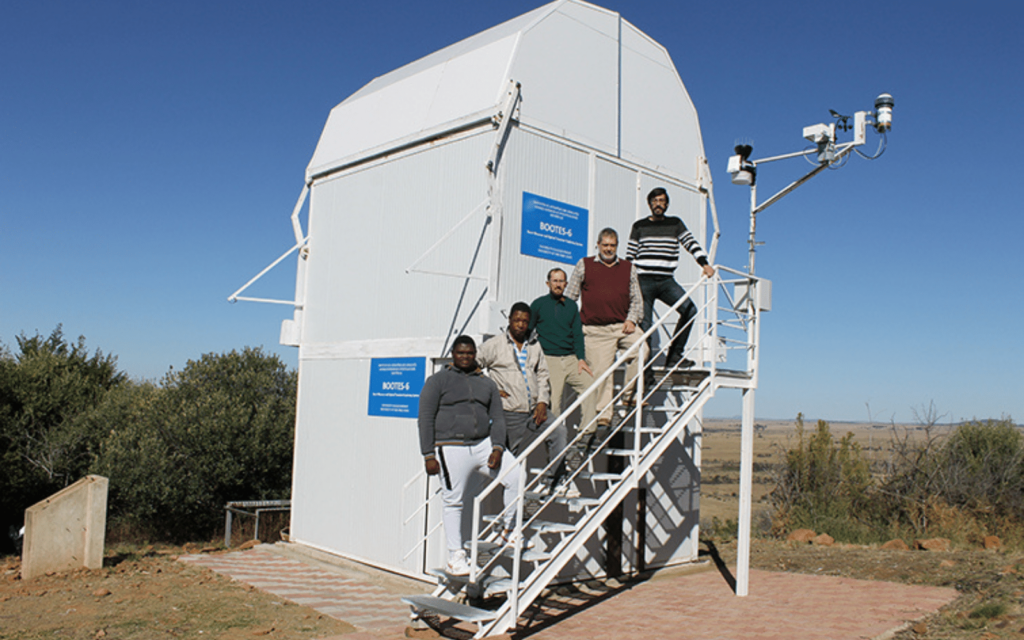South Africa continues its contribution to the research of outer space. But BOOTES 6, the new robotic optical telescope set to go active sometime next month, isn’t hosted in the Karoo. Instead, the observation hardware lives just outside Bloemfontein.
BOOTES 6 will go active at the University of Bloemfontein’s Boyen Observatory in mid-July. It forms part of a larger Burst Observer and Optical Transient Exploring System. There are five other locations around the world taking part in the project. Two are in Spain, with one facility each in China, Mexico, and New Zealand. South Africa is the next to go online, with a seventh observation post planned for Chile.
Shiny new BOOTES 6
The project isn’t exactly a surprise. It has been in the works for some time, with construction being delayed somewhat by the COVID pandemic. The telescope, now that it is fully complete, will respond to detections of gamma-ray bursts in the skies. These bursts are detected either by ground- or space-based detectors. Once they are, scopes like BOOTES 6 need to swing into action. Literally, in this case.
The University of Bloemfontein’s head of the astrophysics program, Professor Pieter Meintjes, explains how the new robotic telescope will work. “Since BOOTES has an enormously fast slew rate, it can start observations of erupting sources within a few seconds, which allows the Astrophysics Research Group to get data very quickly. This will certainly give us an edge over other international astronomy groups that are also involved in the same type of research.”
Researching transient events, as the name suggests, can be a difficult task. Burst can last anywhere from a few moments to a few weeks. Data must be gathered as fast as possible, by observation equipment like BOOTES 6.
“By observing the optical afterglow of the gamma-ray bursts, we can establish its point of origin in space. Furthermore, the shape of the optical afterglow light curve gives insight into the type of mechanism behind the gamma-ray burst,” said Meintjes. He also pointed out that success with this program, conducted in partnership with the Institute of Astrophysics of Andalusia and the University College of Dublin, could lead to more international robotic telescopes being installed at the Bloemfontain observatory.




